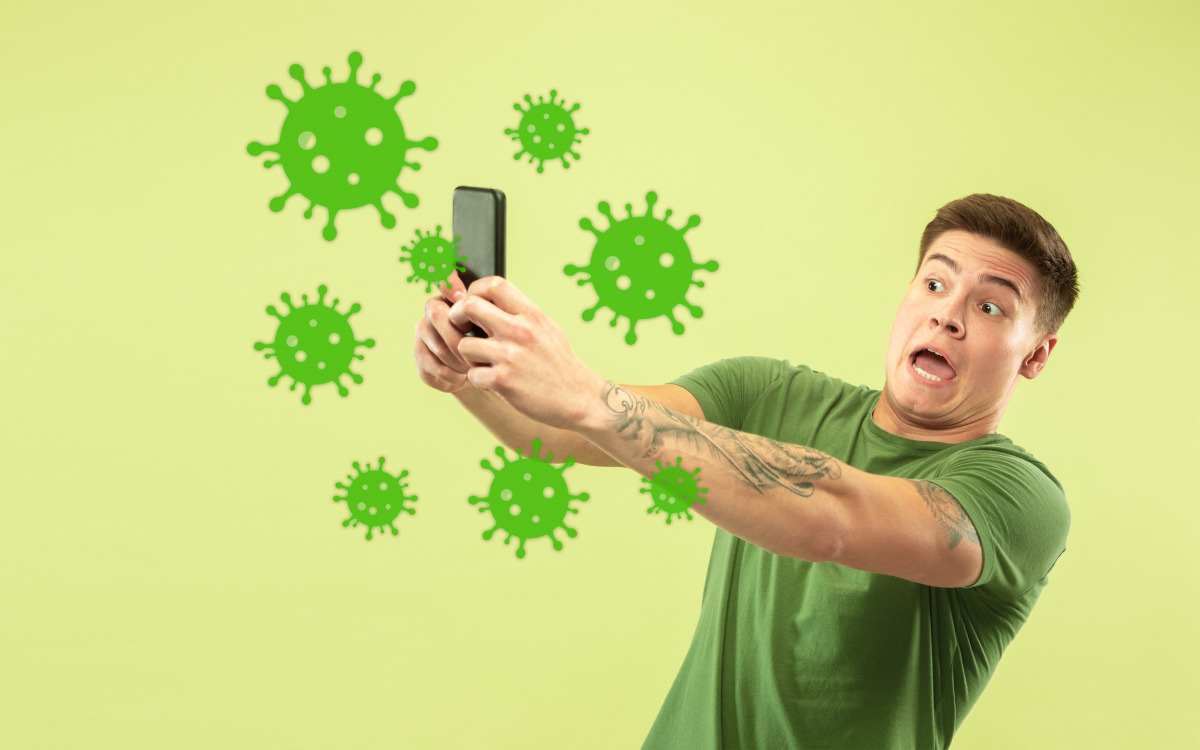Huawei is working on a new smartphone camera with 400x zoom. This module would be able to detect microscopic elements, such as microbes and other microscopic elements, on any object. Combined with a more traditional photo sensor, this microscope would allow rapid health analysis to be carried out. The patent was registered in 2021, in the midst of the Covid pandemic.
Although the war in Ukraine, rising energy prices and attacks in the Middle East have overshadowed it, Covid-19 is still circulating. Certainly, the latest variants of the virus are less dangerous than those of 2020 and 2021, but the return of French people to offices, temperature variations and less vigilance have favored a new epidemic wave since September. To defend yourself, barrier gestures are still relevant.
Read also – Huawei Nearlink: the technology that could crush Bluetooth arrives on September 25
However, can’t technology help us protect and inform us? Huawei seems to think so. The Chinese firm has published a patent on technology that would make it possible to analyze objects and measure whether they carry microbes and viruses. This patent was filed with the USPTO (United States Intellectual Property Administration) on June 30, 2021 and has been validated on October 5, 2023.
Huawei imagines a smartphone microscope that detects microbes
This patent is largely based on a very particular photo sensor. It’s a “microscope” similar to the one you find in some phones, including Oppo’s Find X3 Pro and the Realme GT 2 Pro that we tested. However, the concept goes even further, since the sensor is capable of zoom up to 400 times on objects, compared to 60 times for the Find X3 Pro. The sensor would be able to detect microscopic elements when the object is only 5mm away.

The patent explains that the sensor cannot be used alone. For better accessibility, it is coupled with a standard photo sensor. This one will take a photograph to identify the nature of the object, while the microscope will take a photo with its powerful zoom to detect microbes and viruses. Then, software will perform an analysis and recommend an action. For an apple, for example, the system can signal the user to wash the food before consuming it.

This initiative obviously reminds us of one: that of researchers who developed an NFC tag capable of measuring whether a food is healthy or spoiled. However, the goal here is not to reduce food poisoning. This is to provide an easy-to-use tool for reduce the risk of transmission of viruses and microbes. It is not certain that this patent will one day be used in the context of a commercial smartphone. But the idea is not uninteresting.
